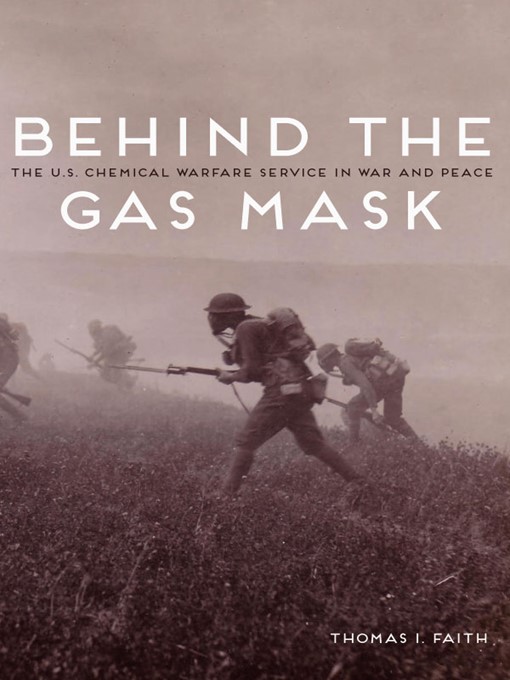1 of 1 copy available
1 of 1 copy available
As Faith shows, the believers in chemical weapons staffing the CWS allied with supporters in the military, government, and private industry to lobby to add chemical warfare to the country's permanent arsenal. Their argument: poison gas represented an advanced and even humane tool in modern war, while its applications for pest control and crowd control made a chemical capacity relevant in peacetime. But conflict with those aligned against chemical warfare forced the CWS to fight for its institutional life—and ultimately led to the U.S. military's rejection of battlefield chemical weapons.
| Cover Title Contents Acknowledgments Introduction 1. Origins, 1917 2. Battle, 1918 3. Crisis, 1919–1920 4. Improvement, 1921–1925 5. Legacy, 1926–1929 Notes Bibliography Index | "Well-researched and informative. . . . a good look at American preparation for and experience with gas exposure in World War I."—The Journal of America's Military Past
"As the centennial anniversary of World War I is upon us and as chlorine gas is once again being used as a weapon of war in the Middle East, Faith's review of the birth of the Chemical Warfare Service is well-timed and pertinent."—H-Net Reviews
"Faith offers a compelling investigation of the U.S. Army's experience with chemical weapons in World War I. Ultimately the public and government rejected future use of chemical weapons in battle. If Americans had accepted the arguments of chemical weapons experts, twentieth-century warfare would have been even more terrifying. This book tells an important story of a path not taken, at least not yet."
—Jennifer D. Keene, author of Doughboys, the Great War and the Remaking of America
|Thomas I. Faith is a historian at the U.S. Department of State.
-
Creators
-
Publisher
-
Release date
October 15, 2014 -
Formats
-
Kindle Book
-
OverDrive Read
- ISBN: 9780252096624
-
EPUB ebook
- ISBN: 9780252096624
- File size: 1289 KB
-
-
Languages
- English
Formats
- Kindle Book
- OverDrive Read
- EPUB ebook
subjects
Languages
- English
Loading
Why is availability limited?
×Availability can change throughout the month based on the library's budget. You can still place a hold on the title, and your hold will be automatically filled as soon as the title is available again.
The Kindle Book format for this title is not supported on:
×Read-along ebook
×The OverDrive Read format of this ebook has professional narration that plays while you read in your browser. Learn more here.
